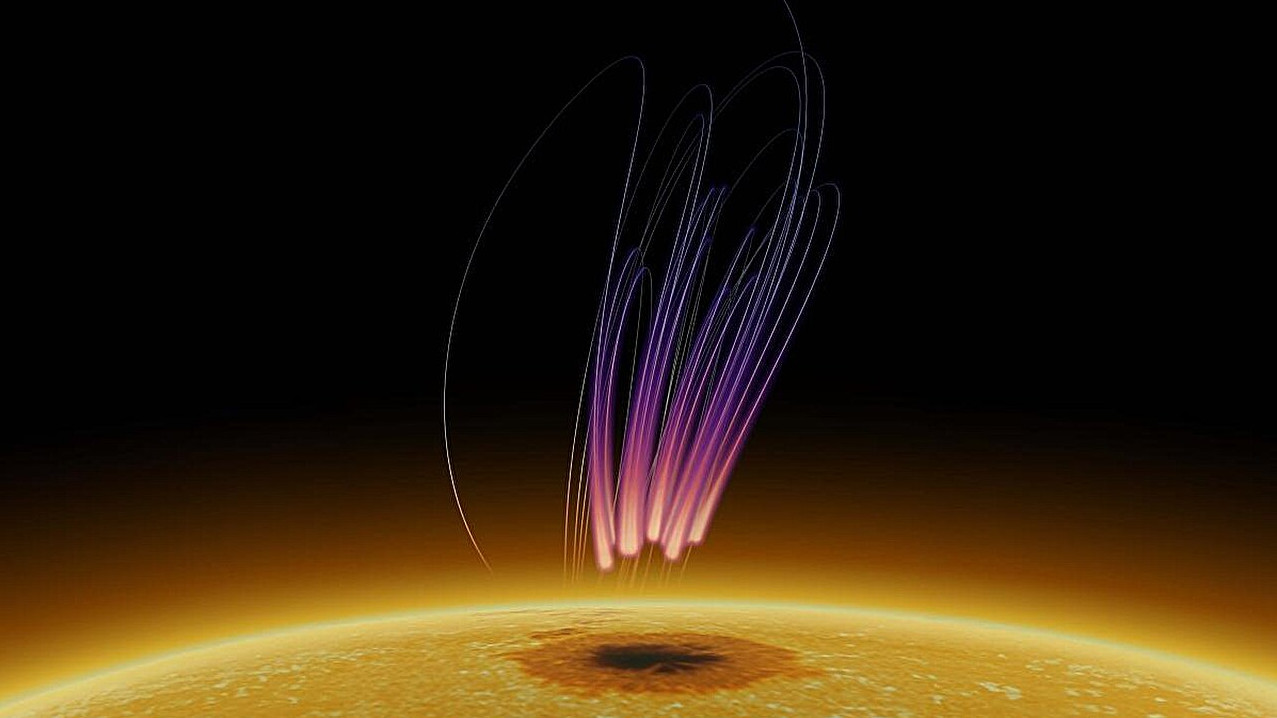Spectacular radio emissions detected high above a sunspot have piqued the interest of researchers, prompting them to explore new avenues of thought (source). Unlike typical solar radio bursts that have brief durations, these emissions have persisted for more than a week. They bear a striking resemblance to auroral radio emissions observed in planetary magnetospheres and certain stars, but witnessing them from approximately 40,000 km above a sunspot is unprecedented. Furthermore, these emissions do not appear to be linked to solar flare activity.
It is believed that these signals are the result of electron cyclotron maser (ECM) emissions, a phenomenon that involves the behavior of electrons within converging magnetic fields. The prolonged nature of these emissions challenges existing models and theories regarding the unfolding of solar and stellar magnetic processes. A more comprehensive understanding of this phenomenon could potentially lead to a reassessment of current astrophysical models, and even provide new insights into the behavior of magnetic fields and energetic particles.
Although this phenomenon was observed in relation to our own sun, its implications extend to a better understanding of distant stellar bodies. On a related note, did you know that our sun is currently in its 25th Solar Cycle? Explore the provided link to be reminded of the awe-inspiring capabilities of our local star under the right circumstances.


